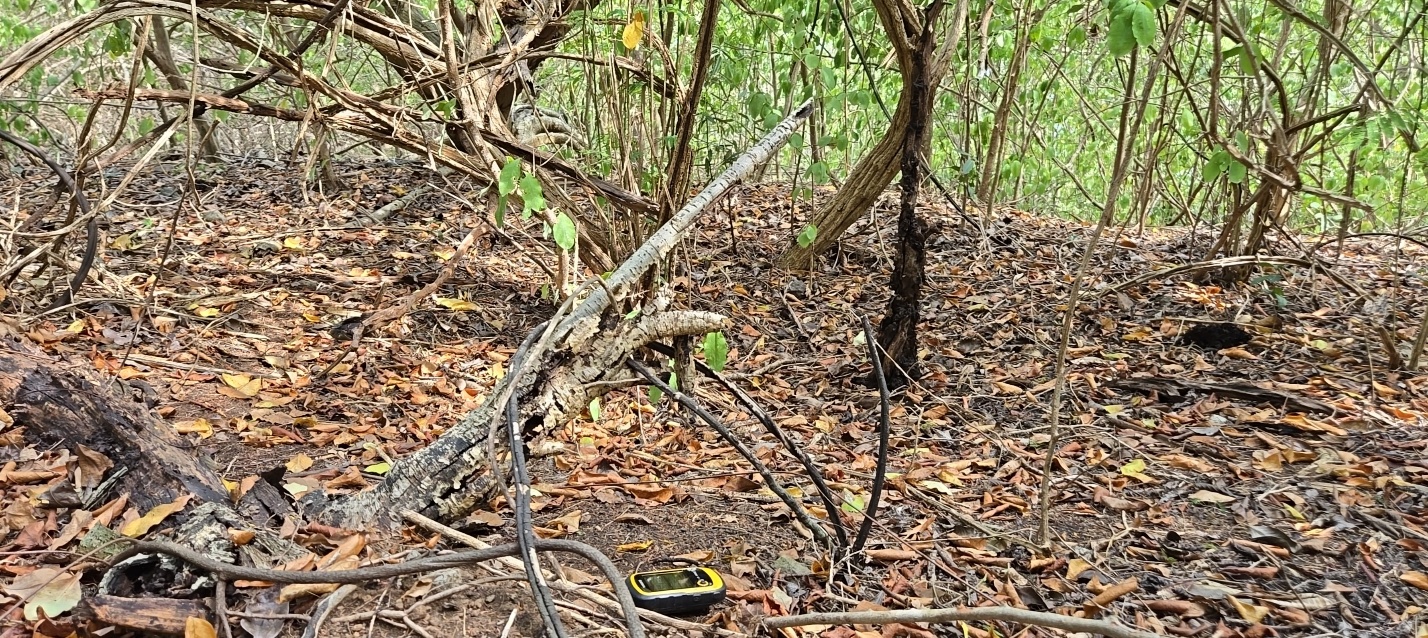In Egmont, Grenada, the site where Maurice Bishop’s body was last seen—a burn pit following the 19 October 1983 massacre—has been transformed into a neighborhood of million-dollar mansions. This development occurred without any archaeological or environmental assessments, raising questions about Grenada’s commitment to preserving its historical heritage. The story of Bishop, a pivotal figure in Grenada’s history, mirrors the broader neglect of the island’s cultural and historical sites, including enslaved burial grounds and Amerindian locations. Despite legal protections and policies aimed at safeguarding these sites, enforcement remains lax, and development often takes precedence over preservation. The irony is palpable as Grenada prepares to open a National Heroes Park near Camerhogne Park, itself a site of historical significance, while failing to address the mysteries surrounding Bishop’s final resting place. The lack of oversight and institutional strength has allowed developers to bypass necessary impact assessments, leading to the destruction of invaluable historical sites. This pattern of neglect not only erases Grenada’s past but also diminishes its potential for heritage tourism, which could contribute significantly to the economy. As Grenada approaches an election, there is a call for candidates to commit to enforcing heritage protections and funding impact assessments to preserve what remains of the island’s history. The question remains: will Grenada choose to protect its heritage before it’s too late?
